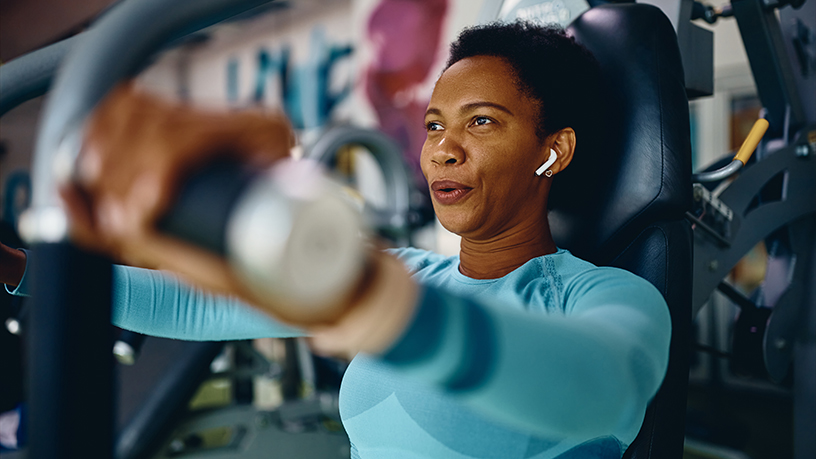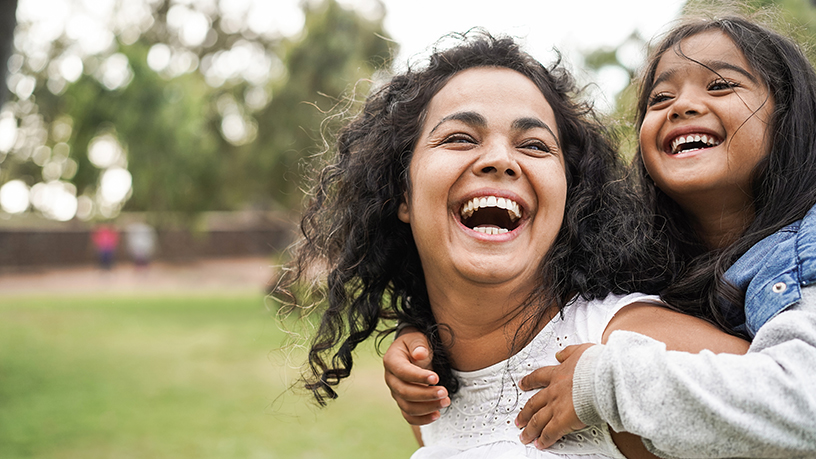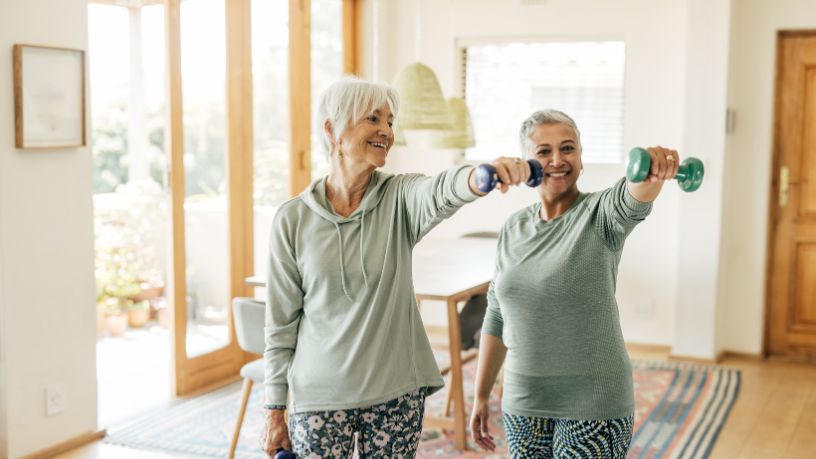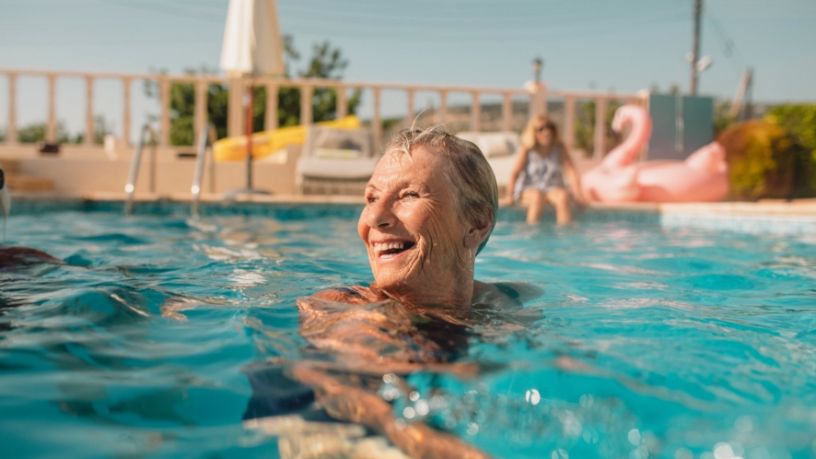On this page
key takeaways
- A decrease in hormones during and after menopause can cause joint pain and stiffness.
- Maintaining a healthy weight and doing targeted exercises can help support healthy joints.
- Speak to your GP, a physiotherapist or an exercise physiologist who may be able to recommend the best approach for you.
Menopause affects everyone differently. For some, it can bring joint aches or stiffness that make daily life a little harder.
Learning what’s behind these changes, and how to care for your joints, can help you manage these symptoms and enable you to keep moving.
How does menopause impact joints?
Most women experience menopause between the ages of 45 and 61.1
Menopause is when menstrual periods completely stop due to a drop in hormones such as oestrogen and progesterone.
This drop in hormones can cause a variety of physical and mental symptoms, including aches and pains in the joints.
Oestrogen has many roles in the body, one of which is an anti-inflammatory effect. It also supports the production of fluid around the joints. As the amount of oestrogen in a woman’s body declines, joints can become stiffer and more inflamed, causing discomfort and less mobility.2
“Menopausal symptoms occur due to a sudden decline in circulating oestrogen levels,” says Dr Yvonne Chow, an endocrinologist at Jean Hailes for Women's Health.
“There are oestrogen receptors throughout the body, including in the joints. In tissues where oestrogen receptors are present, this sudden reduction in oestrogen can result in symptoms.”
The joints most affected include knees and hips, although some women will experience symptoms in their shoulders, hands, neck and elbows.
How to support healthy joints through menopause
One of the most effective ways to reduce the risk of stiff, sore joints as we age is to stay at a healthy weight says Dr Chow.
“Maintaining a healthy weight is important to slow the age-related "wear and tear" of the joints. The more excess weight an individual carries, the more stress this puts on the joints.”
Strength-based exercises are also a key factor in supporting healthy joints through menopause.
“Targeted exercises to strengthen the muscles around a joint can be helpful for improving stability and supporting the joint, thereby reducing joint pain,” says Dr Chow.
The best exercises for healthy joints
If you have joint pain in a specific joint you may be able to help reduce it by doing targeted exercises that can strengthen the muscles around that joint. Speak to an exercise physiologist or physiotherapist who can recommend how to get started if you’re new to exercise.
Swimming, cycling and walking can all help to support your joint muscles without overly stressing sore joints.
Knees
Strengthen your knee joints by doing exercises such as:3
- Half squats
- Calf raises
- Hamstring curl
- Seated leg extensions
- Side leg raises
Hips
Strengthen your hip joints by doing exercises such as:4
- Hip circles
- Sidesteps with a resistance band
- Clamshells
- Steps ups
- Romanian deadlifts
Shoulders and neck
Strengthen your shoulder and neck joints by doing exercises such as:
- Chin tucks
- Shoulder blade squeezes
- Neck rotations
- Shoulder shrugs
- Rows with a dumbbell or resistance band
Always speak to a healthcare professional before starting any new exercises to help prevent injury.
Medical treatments for sore joints
If your joints are sore as a result of menopause, your doctor may recommend medication5 such as Menopausal Hormone Therapy to help prevent symptoms.
Over the counter medication and topical treatments may also be recommended.
Speak to your GP about joint pain.
Useful Resources
Book online doctors
Access online doctors for simple medical health needs like requesting a prescription, asking for a medical certificate, or medical advice that may not need a physical consultation. Available to eligible Bupa members.
In an emergency, call 000.

At Bupa, trust is everything
Our health and wellbeing information is regularly reviewed and maintained by a team of healthcare experts, to ensure its relevancy and accuracy. Everyone's health journey is unique and health outcomes vary from person to person.
This content is not a replacement for personalised and specific medical, healthcare, or other professional advice. If you have concerns about your health, see your doctor or other health professional.
1 Health Direct. (2023). Menopause.
2 Jean Hailes. (2025). Symptoms of menopause.
3 Healthline. (2024). 10 exercises to help relieve knee pain.
4 Healthline. (2025). 14 exercises for strengthening and increasing mobility in the hips.
5 Jean Hailes. (2025). How to manage menopausal symptoms.
You might also like
Staying healthy during menopause
Eating well and staying active can help to support your well-being during the menopause rollercoaster.
The lowdown on menopausal hormone therapy (MHT)
A closer look at menopausal hormone therapy and how it can help on your menopause journey.
Menopause and osteoporosis
Menopause significantly increases the risk of osteoporosis. Learn why and how to look after your bone health.
5 ways women can support healthy ageing
Small changes to your daily life can have a big impact on your health as you age. Discover 5 ways to support women’s healthy ageing.





